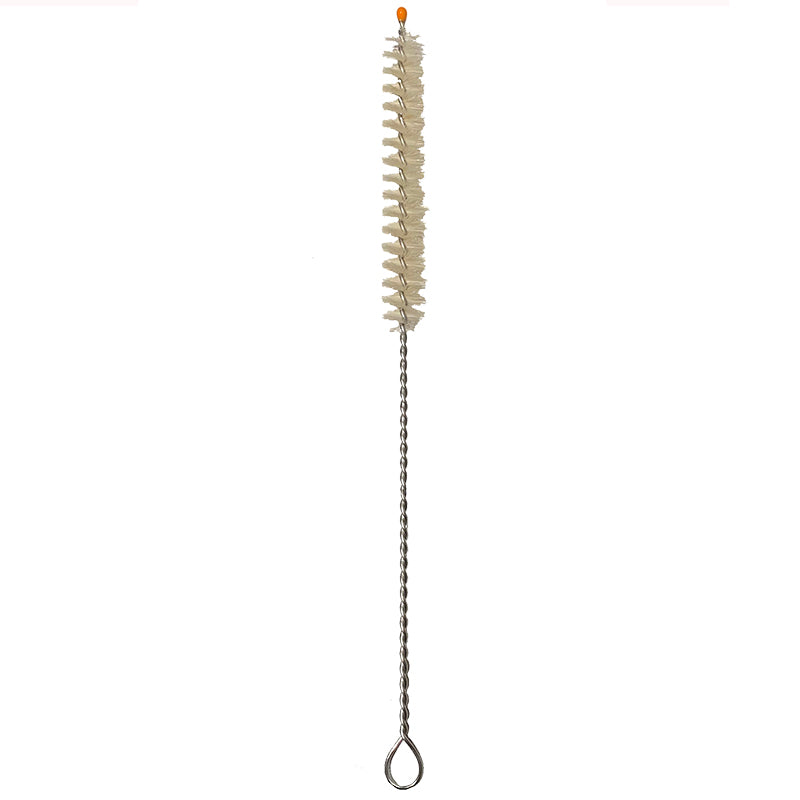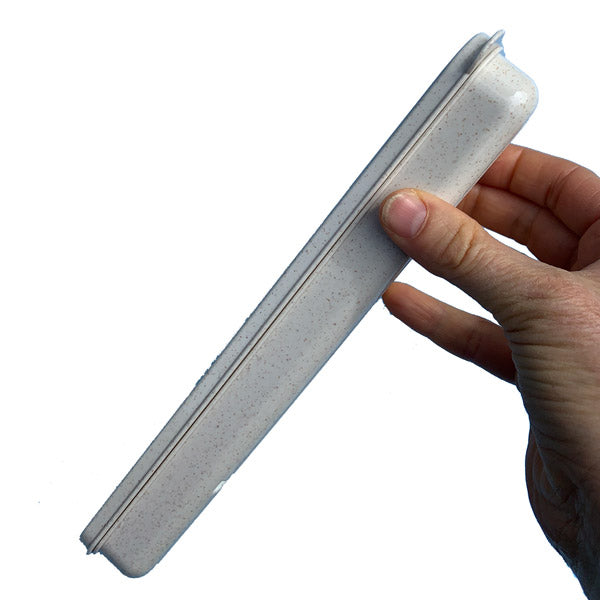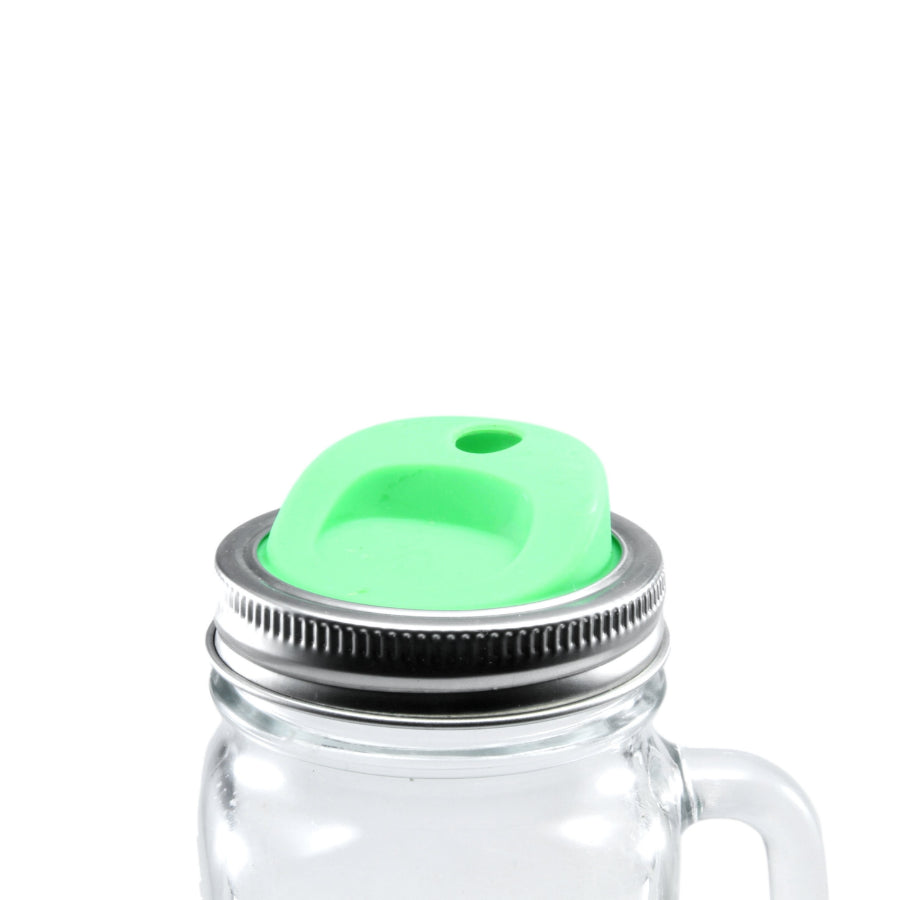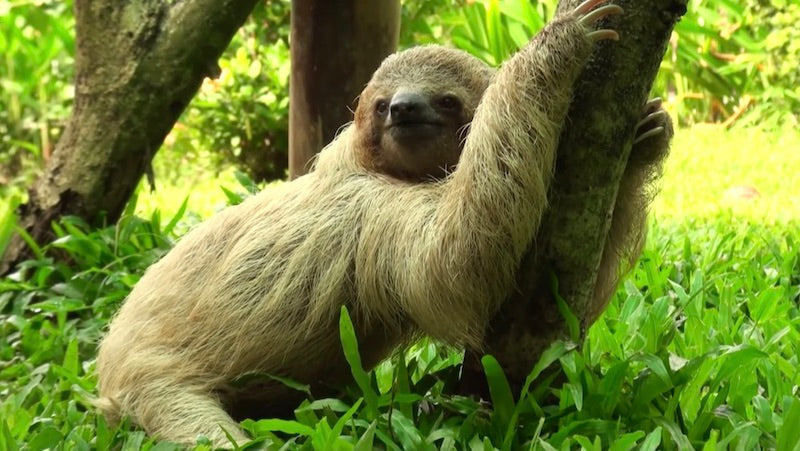Sweetheart Sloths Too Cute For Their Own Good
With International Sloth Day 2021 fast approaching on Wednesday October 20, 2021,I have to admit that until a few years ago, I had a rather negative view of sloths. Something, I’m guessing, that I shared with many of you. When I started making GlassSipper reusable drinking straw critters it never occurred to me that I’d ever end up making sloth GlassSippers. For those of us not so familiar with sloths. I associated them with laziness and apathy, something to avoid rather than put on a GlassSipper.
This negative portrayal of sloth, which no doubt coloured my view of the critters, has ancient roots. In fact, sloth is one of the Seven Deadly Sins, which dates back to a list composed by a fourth-century Christian monk by the name of Evagrius Ponticus (345-399 C.E.), also known to his close friends as “Evagrius the Solitary”. Evagrius’ list actually had 8 entries, which Pope Gregory subsequently pared down to seven in 590 C.E. Centuries later the theologian and philosopher Thomas Aquinas (1225-1274) further popularized the Seven Deadly Sins which, in addition to sloth, include pride, lust, gluttony, greed, wrath, and envy.

Sloth, and the other six deadly sins, were more recently featured in the 1995 film “Se7en” starring Brad Pitt, Morgan Freeman, Gwyneth Paltrow and Keven Spacey. I won’t go into the details of how the movie portrayed sloth, but suffice it to say that it was not pretty.

So it came as a surprise to me a few years back when a customer at the annual “Circle Craft” craft show in Vancouver asked if I had a sloth reusable glass drinking straw. I thought the request was a one-off that would be the first and last time I ever heard about the idea of sloths on a glass drinking straw. Instead, however, that request was the beginning of a steady flow of sloth glass drinking straw inquiries. My curiosity aroused, I started looking at sloth images online and quickly understood the appeal. Sloths are pretty much the cutest critters on the planet. They also exude a strikingly human vibe.
And in a society that likes to chill out, sloths are the poster child for a laid-back carefree lifestyle. In the wild sloths sleep up to 20 hours per day due to their low-nutrition leafy diet and their exceptionally low metabolic rate. In fact, sloths have the slowest metabolic rate of all non-hibernating mammals. It takes a sloth a month to digest a meal. Sloths move all of 38 meters in an entire day as they inch along the treetops, grazing on leaves as they go. That works out to about .002 kilometers an hour which, not surprisingly, gives sloths the title as the world’s slowest mammals. So slow and sedentary that green algae actually grows on their fur. Which is actually a good thing since the green coat helps camouflage sloths in their rainforest home.
Given that sloths spend 90% of their lives hanging upside down it’s not surprising that they cover so little ground. Their distinctively long hooked bony claws are particularly well suited to life hanging upside down. Another key adaptation that permits sloths to live upside down are internal organs that are attached to their rib cage. Consequently, a sloth’s organs do not weigh down on its lungs and prevent breathing.
In truth, however, sloths are not lazy. They are just slow. And Stealthy. Sloths have been around for over 60 million years, and being slow has proven to be an extremely successful survival strategy. The sloth’s main predators are large predatory cats, birds and snakes such as jaguars, eagles and anacondas which scope out their prey visually. Slow moving sloths just blend into the background.
Strangely enough, sloths are most vulnerable to predators when they poop. For reasons that have baffled scientists, sloths always climb down to the ground to poop, unlike other tree dwelling species that just let fly from on high. Over half of all sloth fatalities in the wild occur when predators attack sloths while pooping. Fortunately for sloths, their slow metabolism means that they only poop (and pee) once a week. But as you can imagine, when they do finally poop it’s quite the event. Sloths can droop a third of their weight during a single squat.

But poop aside, why all of a sudden the tsunami in the popularity of sloths? And, I should add, in the growing demand for GlassSipper sloth reusable glass drinking straws? Well, it turns out there are a few very specific reasons for the surge in popularity of sloths in the new millenium. First, sloths have been recently featured as loveable and huggable characters in popular animated movies, including Sid inIce Age (2002) and Flash inZootopia (2016).
Second, sloths have faces that seem to blend human features and expressions with those of a teddy bear, which are particularly well suited to meme-ification on social media. The most famous sloth meme is Astronaut Sloth, aka Space Sloth and Sloth on the Moon, which digital artist Pedro Dionisio created and uploaded on January 17, 2012. To create Astronaut Sloth, Dionisio photoshopped a sloth’s head onto the image of an astronaut. The meme spread like wildfire on sites such as Tumblr and Reddit. Astronaut Sloth is now widely available on posters, T-shirts, key chains, coffee mugs, and even cuff-links.
And the third specific reason for the dramatic uptick in sloth popularity was an event that occurred just a couple of weeks after the birth of Astronaut Sloth. Sloth-loving actress Kristen Bell appeared onThe Ellen Show with Ellen DeGeneres and brought along a video of her extreme emotional reaction to a home visit by a sloth arranged by her husband as a 31st birthday present. On January 30, 2012, Ms. DeGeneres posted the video on her YouTube page and it instantly went viral with more than 30 million views.
These circumstances combined to create a huge presence of sloths in web culture. Sadly, the ensuing popularity of sloths has also turned into a curse for real live sloths. Now, every year poachers capture hundreds of sloths to be used as selfie photo props for tourists throughout sloth habitats in Central and South America. There’s actually a name for this phenomenon - the “photo-prop trade.” According to the environmental organizationWorld Animal Protection, 70% of the selfie photographs that appear on Instagram are with sloths.
The sloths’ docile nature makes it easy to exploit the poor animals for the entertainment of tourists. In many cases the sloths are passed from person to person for hours of selfies. Well-meaning tourists may think that the sloths are actually enjoying the experience. They don’t - wild sloths do not like being held or petted at all. The facial structure of a sloth creates the false appearance that the sloth is smiling, even when they are experiencing pain and anxiety. In fact, for creatures that are accustomed to the solitary quiet and calm of jungle treetops, the photo-prop process causes considerable discomfortant, fear and stress. And stress often proves fatal to sloths. The negative impact of being abused as a photo prop shortens the lifespan of a sloth dramatically. In their natural habitat sloths commonly live from 20 to 30 years. Many sloths captured and used for sloth selfies die within months, if not weeks.
Nevertheless …. I don’t know about you, but I darn will intend to take a selfie with my favourite sloth. … A GlassSipper sloth, that is! And I plan to upload and share my selfie as a sloth-friendly way to celebrateInternational Sloth Day 2021, and to encourage other sloth lovers to leave real live sloths alone in the peace and quiet of their treetop jungle homes.

Happy International Sloth Day 2021!






